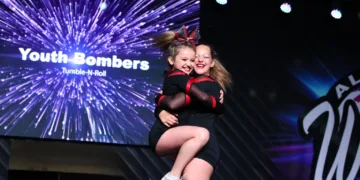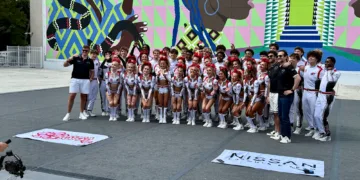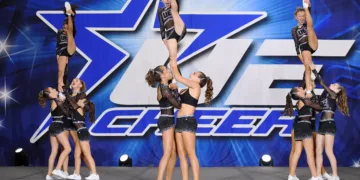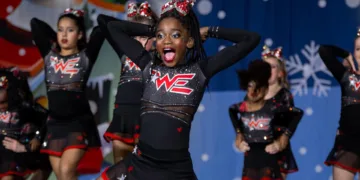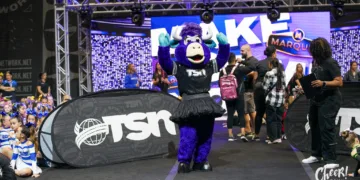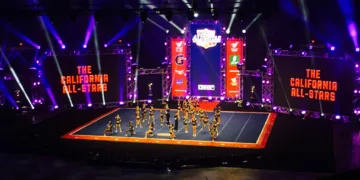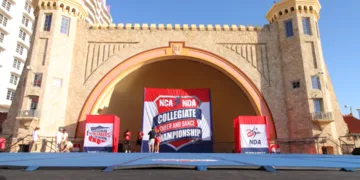In the modern realm of cheerleading, there’s an increasing rush to achieve the next big stunt or perfect the most challenging routine. While ambition is commendable, this rapid pursuit often eclipses an elemental foundation: technique. It’s time to address this lost art.
Technique vs. Checklist Achievement
Traditionally, mastering technique was the rite of passage for every cheerleader. It was the invisible thread that held complex stunts together, a testament to hours of disciplined practice. Today, there’s a shifting paradigm. Many athletes seem to be chasing a checklist – a hurried tick off advanced stunts, often at the expense of foundational techniques.
The Grip: More than Just Holding On
Consider the fundamental aspect of gripping. It isn’t merely about holding the flyer but understanding the nuances of their every movement. The artistry lies in how bases control the flyer’s body position. The precision of the grip, the placement of fingers, and the subtle shifts can make all the difference. Regrettably, in the race to progress, these minute details are sometimes overlooked.
Progressions: Building Blocks, Not Obstacles
Progressions in cheerleading are akin to lessons in a syllabus. You wouldn’t attempt advanced calculus without understanding basic arithmetic. Yet, there’s a trend where athletes sometimes bypass foundational stunts in favor of flashy, crowd-pleasing ones. Progressions are designed not as hurdles but stepping stones, each one enhancing the athlete’s understanding and control over stunts.
The Price of Neglecting Technique
Skipping the basics and not investing time in technique can lead to compromised performance. More critically, it increases the risk of injuries. Stunts executed without proper technique may look impressive to the untrained eye, but they’re a ticking time bomb of potential mishaps.
If there’s one message to impart, it’s this: slow down. There’s elegance and strength in understanding the why and how of every movement. Technique isn’t just about doing a stunt right; it’s about understanding the anatomy of every move.
Training sessions should prioritize quality over quantity. Instead of counting how many stunts are achieved, measure the finesse in each one. Engage in focused sessions where teams revisit the basics, understanding their significance and mastering them.
The art of technique in cheerleading is a legacy, handed down through generations of athletes who understood its significance. It’s an art that ensures safety, elevates performance, and truly distinguishes a novice from a master. As stewards of this sport, it’s our responsibility to champion the importance of technique, ensuring that it regains its rightful place at the heart of cheerleading.


